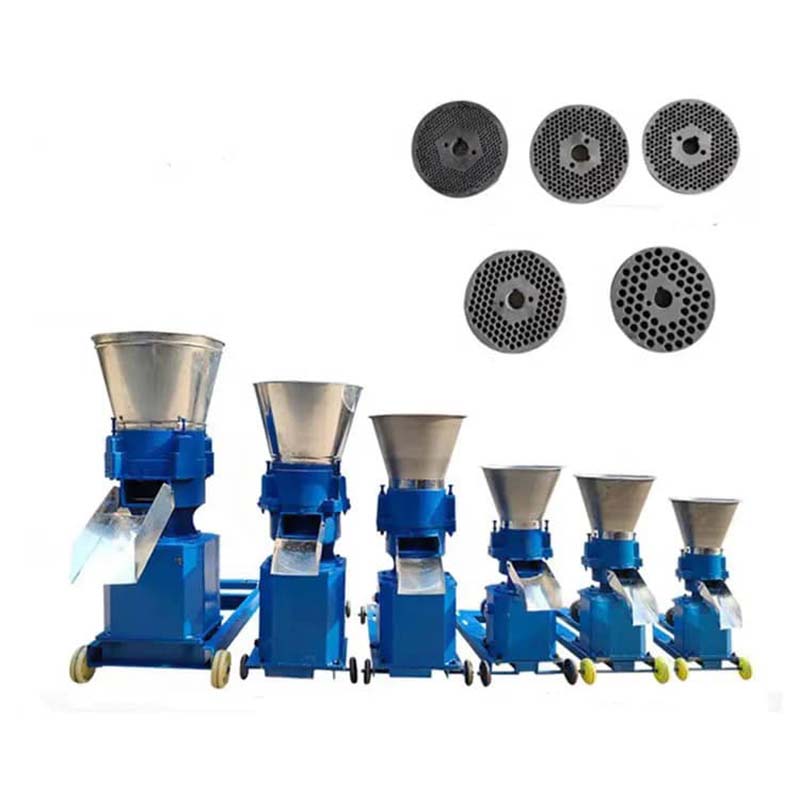feed pellet machine
Nov . 20, 2024 14:33 Back to list
feed pellet machine
Understanding Feed Pellet Machines Revolutionizing Animal Nutrition
In the modern agricultural landscape, feed pellet machines have become indispensable tools for livestock farming and aquaculture. These machines are engineered to convert raw feed ingredients into high-quality pellets, which are an efficient and nutritious feed option for animals. By adding structure and improving digestibility, feed pellets offer a range of benefits that enhance both the health of the animals and the productivity of the farm.
The Functionality of Feed Pellet Machines
Feed pellet machines operate through a process known as pelleting, which typically involves several crucial steps grinding, mixing, conditioning, and pelleting. Initially, raw ingredients such as grains, protein sources, vitamins, and minerals are ground into a fine powder. This powder then undergoes thorough mixing to ensure consistent nutrient distribution. Afterward, the mixture is conditioned—often with steam or hot water—to soften the ingredients and enhance their pliability. Finally, the conditioned mixture is fed into a pellet mill where it is compressed and extruded into the desired pellet shape and size.
The production of pellets not only improves the shelf life of the feed but also reduces waste by ensuring that animals consume their entire meal. The compactness of pellets allows for easier storage and transportation, making them a practical choice for feed manufacturers and farmers alike.
Advantages of Using Feed Pellets
1. Improved Nutritional Value Pelleting preserves the nutritional content of the feed. Through processing, heat can destroy certain anti-nutritional factors found in raw ingredients, thereby enhancing digestibility and the availability of essential nutrients.
2. Better Feed Conversion Ratio (FCR) Animals fed with pellets generally exhibit better feed conversion ratios compared to those given loose feed. This means that animals can gain more weight or produce more milk or eggs with less feed, which directly translates to cost savings for farmers.
feed pellet machine

3. Reduced Feed Waste Loose feed can often lead to significant waste as animals may pick through the feed, ignoring smaller particles. Pelleted feed minimizes waste, as the uniform size encourages complete consumption.
4. Ease of Use and Handling Pellets are easier to handle and feed compared to ground ingredients. They flow more easily and can be handled with automated feeding systems, reducing labor costs and time.
5. Enhanced Palatability Pellets can be tailored in terms of flavor and scent, making them more attractive to animals. This can lead to better feed intake and improved overall health and growth rates.
The Future of Feed Pellet Technology
As the demand for efficient animal production continues to grow worldwide, the technology behind feed pellet machines is also evolving. Innovations in machine design and materials are leading to more energy-efficient models that reduce operational costs. Additionally, advancements in software and automation allow for better control over the pelleting process, resulting in improved product quality and consistency.
Furthermore, the increasing emphasis on sustainability in agriculture is prompting manufacturers to develop feed pellet machines that utilize alternative raw materials, such as by-products from other food industries and sustainable protein sources like insects. This holistic approach not only addresses the challenge of food waste but also supports the creation of a more sustainable food system.
Conclusion
Feed pellet machines play a crucial role in modern aquaculture and livestock farming, offering a solution to many challenges faced by farmers today. Through their ability to enhance feed quality, increase efficiency, and reduce waste, these machines have forged a pathway toward more productive and sustainable animal agriculture. As technologies advance and innovation continues, feed pellet machines will undoubtedly become even more integral to the future of animal nutrition. Embracing these advancements not only benefits farmers but also supports the overarching goal of feeding a growing global population with sustainable and efficient practices.
-
Hot Sale 24 & 18 Door Rabbit Cages - Premium Breeding Solutions
NewsJul.25,2025
-
Automatic Feeding Line System Pan Feeder Nipple Drinker - Anping County Yize Metal Products Co., Ltd.
NewsJul.21,2025
-
Automatic Feeding Line System Pan Feeder Nipple Drinker - Anping County Yize Metal Products Co., Ltd.
NewsJul.21,2025
-
Automatic Feeding Line System - Anping Yize | Precision & Nipple
NewsJul.21,2025
-
Automatic Feeding Line System - Anping Yize | Precision & Nipple
NewsJul.21,2025
-
Automatic Feeding Line System-Anping County Yize Metal Products Co., Ltd.|Efficient Feed Distribution&Customized Animal Farming Solutions
NewsJul.21,2025






